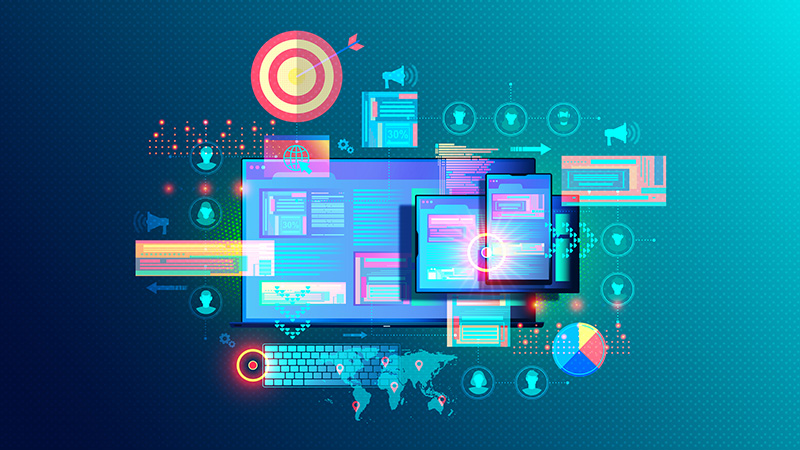

As technology advances and evolves, your customers consistently want the reliability and seamless experience of omnichannel communication. Almost 90% of consumers now expect companies to offer omnichannel customer experiences across their preferred online and in-store touchpoints.
We know what you’re thinking; your industry is niche, so could omnichannel communication benefit you? Or you may wonder: Will an omnichannel communication platform fit your unique needs? The answer to both questions is absolutely!
Sometimes, your operational processes involve far more apps than just a VoIP phone or a CRM. You’ve got point-of-sale software, ticketing systems, task trackers, transcription software, digital modeling platforms, and ERP systems. It can be quite a chore to keep up with everything while keeping your customers happy.
But omnichannel communication has you covered! It allows you to unite these channels and systems into one intuitive interface. Not only does this make your life easier when working with the back end, but it also makes your customers’ lives easier. Now, they can avoid wading through repetitive questions, being forced down complicated decision trees, or ending up on frustratingly long holds. No matter how they reach out, they get what they need when they need it.
Whether customers are ordering over the phone, online, via a proprietary app, or the QR code menu on the table, thanks to the Quick Service Restaurant (QSR) omnichannel approach, all the channels are connected and funneled into one unified system. Requests are compiled, sorted, and routed automatically based on predetermined factors like speed, location, and the time the order was placed. Other factors can include:
Regardless of the parameters, the QSR chefs can see all the orders as they come in and prioritize accordingly. Servers can remain focused on the in-person diners instead of struggling to hunt down take-out or online orders. Customers can use whatever device they want to order food seamlessly. It’s a win-win-win all around.
System integration isn’t all an omnichannel communication platform can do for your business. More and more companies are embracing automation, especially regarding workflows. And why wouldn’t they? Automated workflows allow companies to send customers down the proper path quickly and easily based on predetermined criteria. It eliminates the need to manually “babysit” a customer’s order or request through multiple platforms.
Say you’re an embroidery shop getting ready for your busy season. On your website, you have two options for orders: in-store pickup or delivery. Under delivery, there are three options: standard shipping, next-day shipping, and same-day shipping. No matter the customer’s choice, your omnichannel solution is ready to instantly send them down a workflow specific to your shop.
No matter what options you give your customer during the ordering process, you can build a workflow full of personalized automation to take care of everything. Some omnichannel solutions are equipped with AI to learn and adapt to customer preferences over time. And if you need more than that, omnichannel communication can also give you new insights into customer data.
Standard customer service or other operational software typically offers somewhat limited data. Yes, your CRM tells you how many deals closed, but does it tell you how much inventory you’ve gone through this month? Yes, your VoIP phone system displays how many calls your service team answered, but did it give you an idea of how the customers felt during those interactions? Probably not.
An omnichannel communication platform allows you to control the key performance indicators (KPIs) that matter to you. Let’s use medical practitioners in this example.
It’s no secret that omnichannel communication solutions have made telehealth possible. Patients can contact their medical providers however and whenever they want—web portal, cell phone, landline, etc. Typically, doctors, nurses, and other caregivers are interested in KPIs like:
Thanks to omnichannel solutions, the administrative team can quickly generate reports based on these KPIs. No more pulling multiple pieces from multiple platforms and then synthesizing them into a coherent Excel sheet. Now, everything the team needs is condensed into one report immediately, giving them an idea of what they’re doing right and what needs improvement.
Thanks to solutions like S-NET Engage, omnichannel communication isn’t just for retailers anymore. We’ve built a platform equipped with AI-driven workflows, customizable reporting, sentiment analysis, integration capabilities, and more so that it can benefit any industry—no matter how niche. Interested in learning how S-NET Engage can help you? Reach out to us today; we’d be happy to talk with you!
Remember to share this post